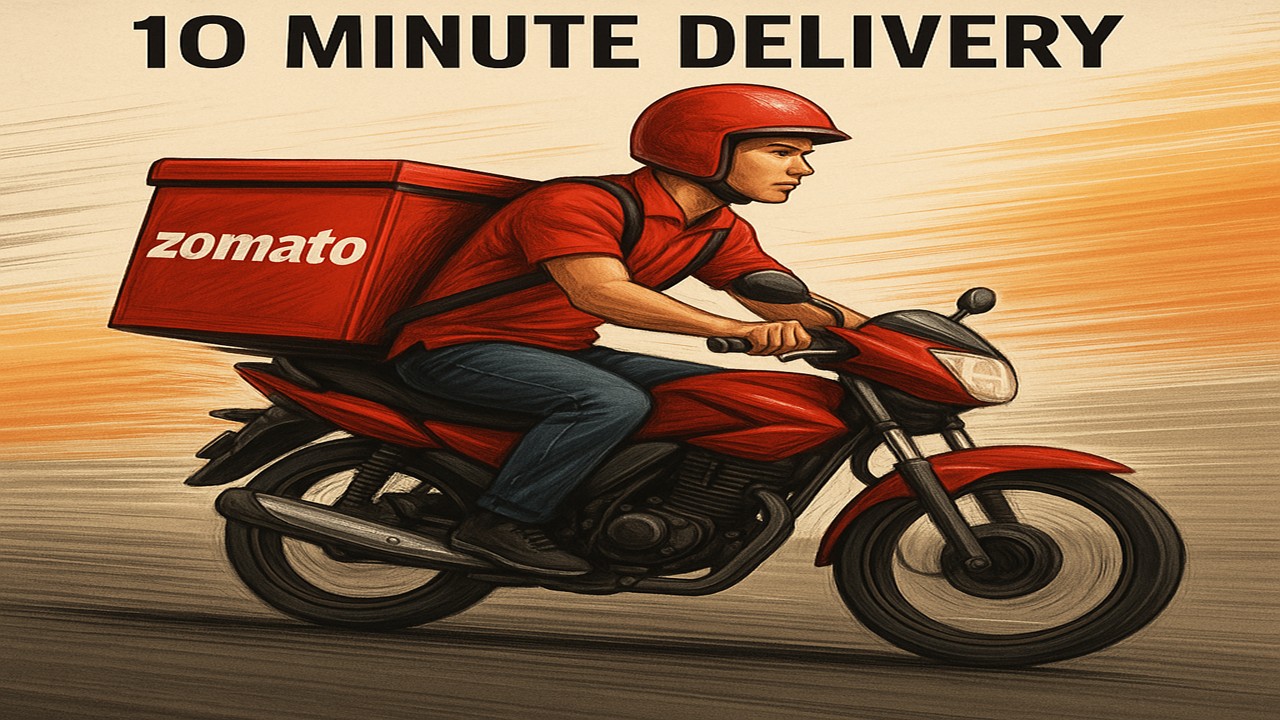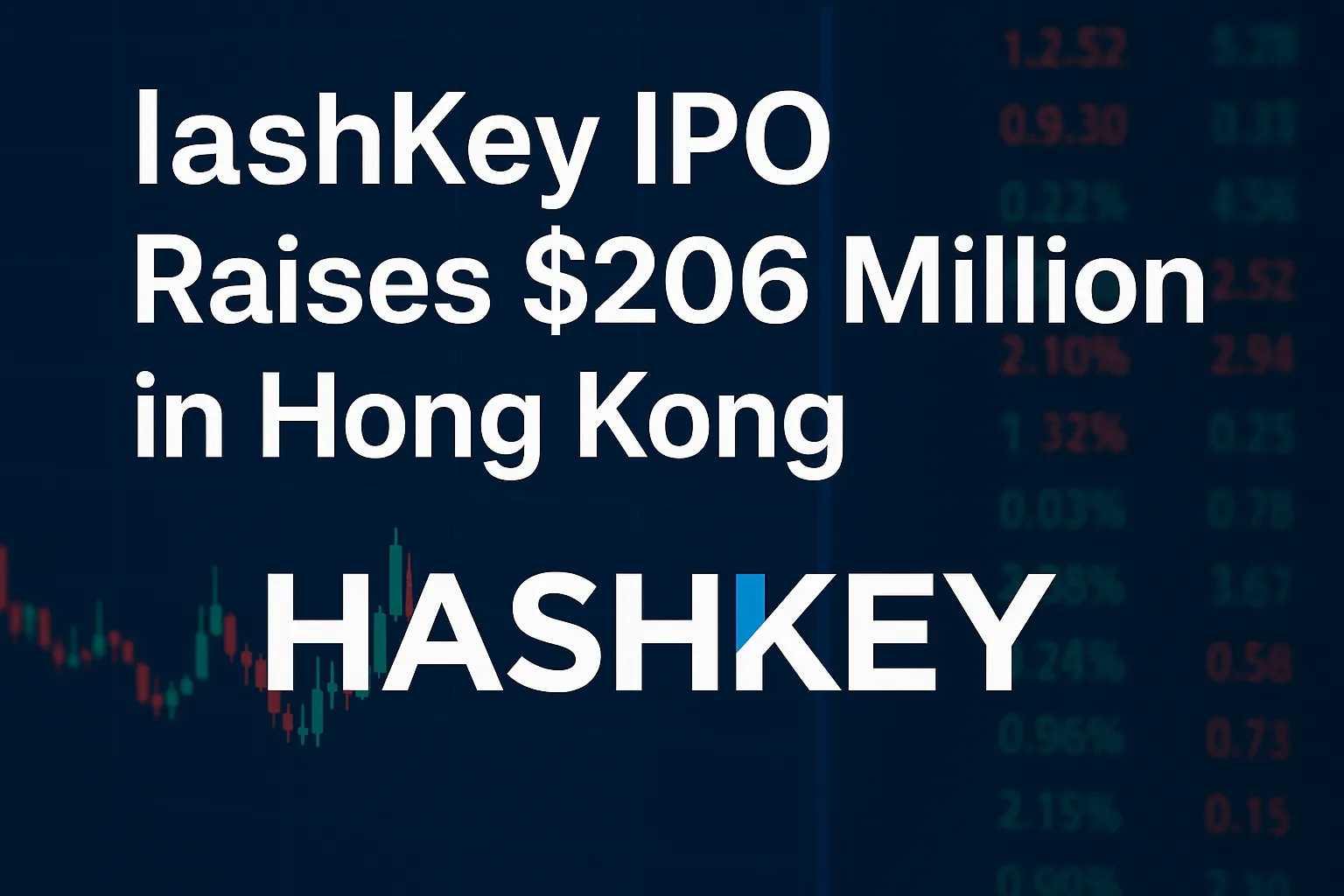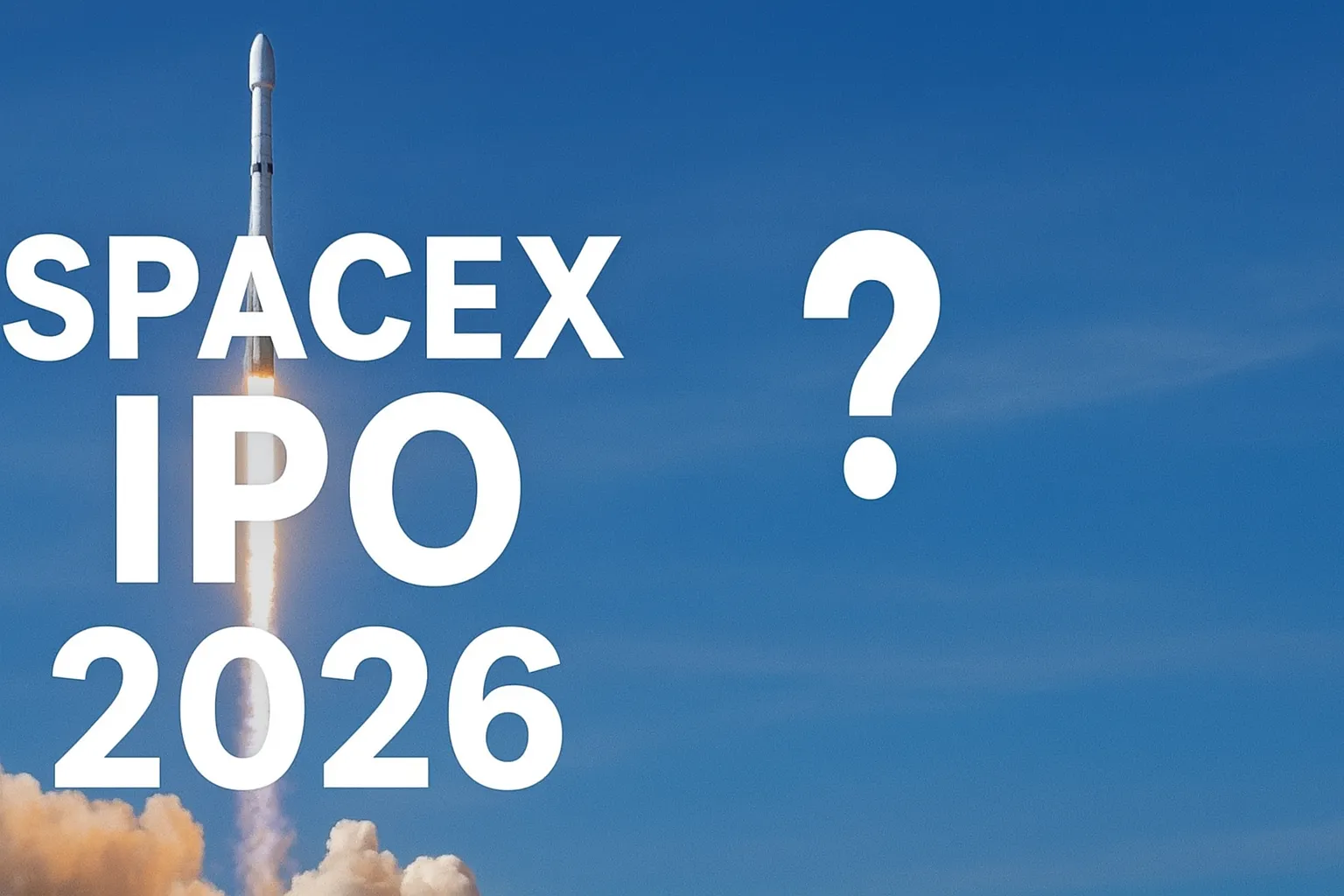
हिंदी में पढ़ने के लिए मेनू बार से हिंदी भाषा चयन करें।
India’s grocery delivery landscape just got a major boost. Zomato, one of the leading food delivery and tech platforms in India, has announced the launch of its 10-minute grocery delivery service in Tier-2 cities. After making waves in metro markets, this strategic expansion highlights the company’s focus on emerging urban areas that are showing high potential for digital consumption.
Let’s explore this major development, how it’s set to reshape the quick-commerce industry, and what it means for the future of grocery delivery in India.
📦 What is Zomato’s 10-Minute Grocery Delivery Service?
Zomato’s 10-minute delivery model—first introduced under the “Blinkit” brand in metro cities—is now making its way into Tier-2 cities like Jaipur, Lucknow, Indore, Patna, Bhopal, and Coimbatore.
The idea is simple: Users can order daily essentials like fruits, vegetables, dairy, snacks, personal care items, and packaged food and receive them within 10 minutes.
This lightning-fast delivery is made possible through:
- Dark stores (micro warehouses) set up across city zones
- AI-based demand prediction for efficient inventory stocking
- Delivery partners on standby in small geographical areas
🏙️ Why Tier-2 Cities?
According to market reports, Tier-2 and Tier-3 cities now account for nearly 55-60% of India’s digital consumption growth, including online food and grocery orders.
Key Reasons for the Shift:
- Rising Smartphone and Internet Penetration
- Improved Awareness of Quick-Commerce Apps
- Busy Lifestyles and Working Professionals in Smaller Cities
- Limited Local Kirana Options for Variety and Convenience
By launching in these cities, Zomato is tapping into an underserved market that is ready for disruption but still lacks organized, fast grocery delivery services.
📊 Market Competition: Who Are Zomato’s Rivals?
Zomato’s move comes amid rising competition in the quick-commerce (Q-commerce) space. Major competitors include:
- Swiggy Instamart – Already present in top 20 cities, expanding aggressively
- Zepto – Known for 10-minute delivery model, especially in metros
- BigBasket (via BBNow) – Backed by Tata, strong in southern India
- JioMart – Targeting a broader grocery and essentials segment
Zomato’s Tier-2 strategy gives it a first-mover advantage in cities where others are still building infrastructure or have limited presence.
💡 Zomato’s Strategy Behind the Launch
CEO Deepinder Goyal emphasized that this move is not just about faster delivery but about “accessibility, convenience, and affordability” for a rising class of digital users.
Here’s how the strategy is expected to work:
1. Localized Dark Stores
Each city will have multiple dark stores within a 2-3 km radius of major residential areas, reducing travel time drastically.
2. Tech-Driven Inventory
Zomato uses AI to predict local demand based on order history and regional preferences. This helps in stocking the right products and reducing delivery time.
3. Trained Delivery Partners
Delivery agents are trained to deliver quickly and safely using optimized routes. Many partners operate within their own neighborhoods for faster service.
4. Affordable Prices & Offers
To attract new users, Zomato is offering introductory discounts, free delivery, and combo deals tailored for middle-income consumers.
🚚 How 10-Minute Delivery Works
- User opens the app and selects groceries under the “Blinkit” tab
- The nearest dark store is pinged with the order
- Items are picked, packed, and handed to a rider—usually within 2-3 minutes
- Rider delivers the order within a total of 10 minutes
Real-time order tracking and delivery updates make the experience smoother.
🌐 Impact on the Grocery Delivery Ecosystem
✅ Positive Impacts
- Faster deliveries = better user experience
- Higher customer retention and app usage
- Economic opportunities for local workers
- Boost to digital payments in smaller towns
❌ Challenges Ahead
- Pressure on delivery staff to meet 10-minute timeline
- Logistics costs and operational margins
- Inventory management in smaller spaces
- Regulatory scrutiny over rider safety
Zomato has clarified that rider safety is not compromised, and deliveries are managed based on proximity, not speed racing.
📈 Future Plans: What’s Next?
Zomato has announced that over 100 Tier-2 and Tier-3 cities are on the roadmap by the end of FY2025-26. It also plans to:
- Partner with local MSMEs and farmers for direct sourcing
- Integrate voice ordering in regional languages for ease
- Launch subscription packs for daily/weekly grocery needs
- Expand into non-food essentials like medicines, baby products, and personal care
With India’s digital population expanding fast, Tier-2 cities are the next battleground, and Zomato is gearing up for it aggressively.
🧠 Expert Opinion
According to industry analysts:
“Zomato’s Tier-2 quick-commerce entry is well-timed. These cities are no longer small in terms of demand or spending. Whoever captures loyalty now will dominate in the next 5 years.”
Zomato’s launch of 10-minute grocery delivery in Tier-2 cities is more than just a service expansion—it’s a strategic bet on the future of India’s digital economy. By bringing metro-level convenience to emerging urban markets, Zomato is positioning itself as not just a food delivery giant, but a daily needs tech enabler.
As the race for Q-commerce dominance heats up, the real winners will be the consumers who now have access to faster, smarter, and more affordable grocery delivery—even beyond India’s big cities.




































































